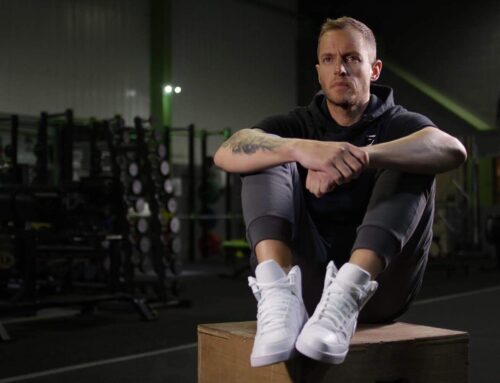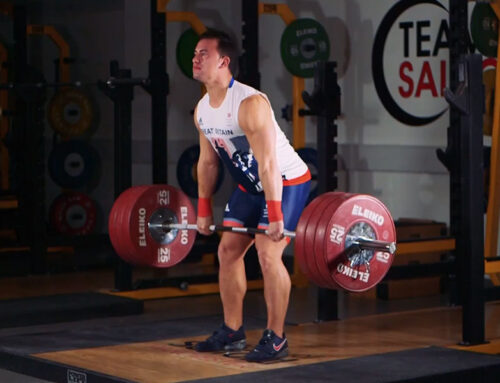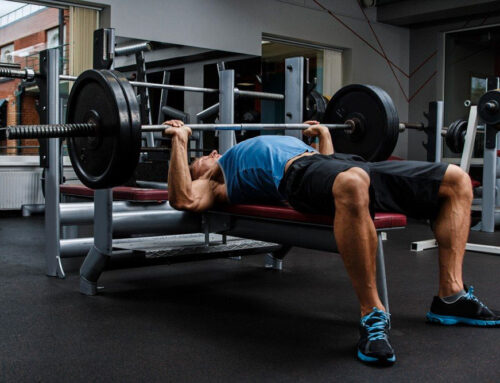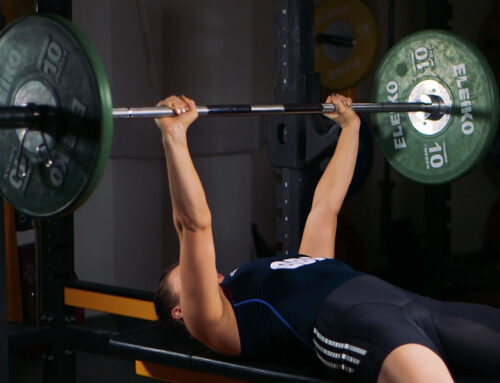The Relative Strength Squat (RSS)
The Relative Strength Squat is a measure of a load lifted relative to your bodyweight. In this article we are going to explain step-by-step how to perform a Relative Strength Squat according the method defined within the Archon Combine system.

Relative Strength Explained
Just loading weights on to a bar is never going to give you the true picture of your strength. The only way to really assess how strong you are is to look at the weight you lift in relation to your bodyweight, this is known as your relative strength or strength to weight ratio. So anytime you lift, make a note of the weight and then divide it by your current bodyweight. An example is someone who is 80kg lifting 100kg will give you a ratio of 1:25. Now to make this ratio better you just need to lift more weight and stay at the same bodyweight or lift the same weight and lower your bodyweight (without losing any muscle). This means that personal bests can come at any time, not just when you add another weight plate to the bar. This is a huge benefit to any Personal Trainer/Coach when assessing their client’s performance.
Relative Strength Squat Guide

Setup Position
The process all starts with the set up, you will be required to address the bar whilst in the rack and take a fully enclosed grip slightly wider than that of your shoulders with the bar resting across the trapezius.

Unracking the Bar
Both feet must be positioned directly underneath the bar before un-racking it to take a step back.

Feet Position
The actual width of the foot position will be a minimum of ASIS over 2nd toe with the toes themselves pointing out to a comfortable and natural position.

Start Position
The head should be up and the spine in a neutral position. When all of these criteria are hit this is will be referred to as the set up position from which to start your attempt.

The First Movement
From the set up position you will engage the first movement; this will consist of a slow controlled descent by flexing at the knees and the hips.

Knee Direction
When flexing at the knees make sure that the knees track in the direction of the toes and don’t excessively veer in or out.

Squat Depth
The depth required is that of the hip below the knee and at all times the spine will be required to remain in a neutral position with the head up and in line.

Squat Position
Throughout the whole movement you will be required to maintain integrity of the lumbar spine, in particular exhibiting no excessive or unsafe pelvic tilt at any point throughout the lift.

The Second Phase
Once you have achieved the required depth you will enter into the second phase of the movement, which will involve extension of the knees and hips.

Finish Position
At the completion of this phase the knees and hips will be fully extended with the head in line and spine neutral and the bar must remain in contact with the back in the original set up position.
Safety Notes

Footwear
The footwear used for the squat should ideally be flat soled, stable and appropriate, ideally a weightlifting shoe.

Clips or Collars
Clips or collars should really be used for each assessment to maintain safety and make sure you know the load on the bar before the lift and are confident in that rep.




